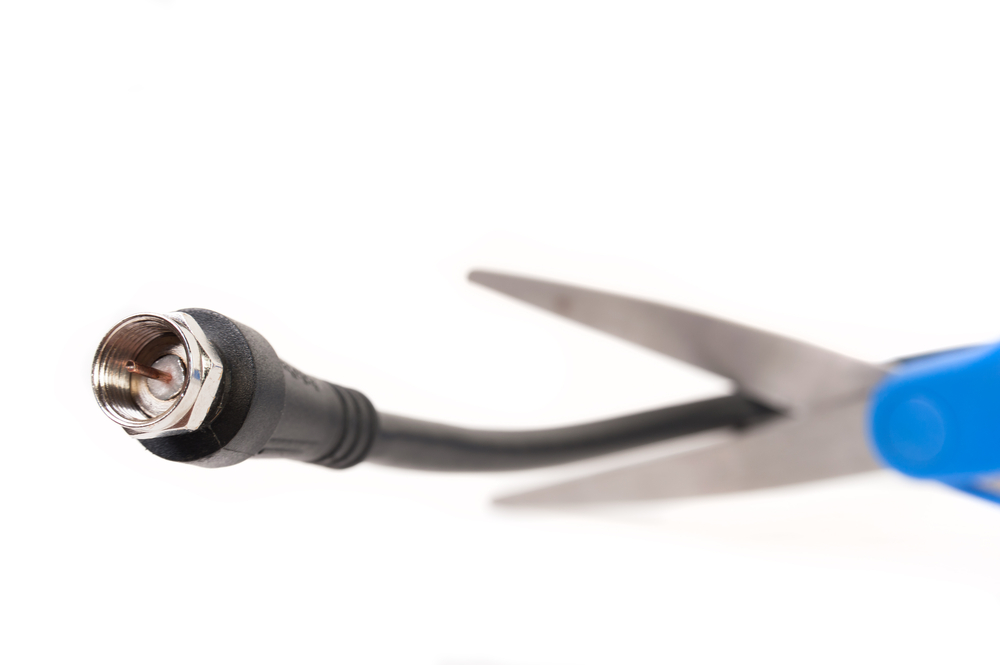With the help of TikiLIVE, you can now create your own online TV network and broadcast not only locally and nationally, but to international regions as well. Did we mention that it’s easy to do and hassle free?
With our International OTT services, our clients–from operators and publishers alike–will have the ability to successfully monetize their customer base while providing their viewers with new, premium USA content. From video streaming solutions, white label TV services, to mobile app integration and more, our features will not only allow you to create a television network with ease and mastery but one that will go above and beyond customary cable and satellite TV.
Starting a TV Network
One of the first steps towards starting a TV network is creating your own, customized identity that will make you stand out amongst competing networks. White label TV services allow operators and publishers to do just that.
At TikiLIVE, we offer services like white label TV that are entirely integrated and ready-made, allowing you to create your own logo, brand, and identity without the hassle of spending time and money on research and development.
Our white label TV services allow for:
- Effective audience measurements
- 100% control over viewer engagement once your network is published
- The ability monitor the type of content your audience is connecting with and captivated by the most.
- Authorization of operators to track viewing time versus join time, length of engagement, video streaming solutions, buffering ratios, and the viewing time versus the total bit rate of connection.
Careful monitoring of these trends will enable operators to determine the type of content that engages and engrosses their audience most frequently, further allowing them to use that information to improve their network.
Also available with our white label TV service is cloud based transcoding. Cloud based transcoding assists with tailored streaming playback that has the capability to reach significant market shares.
We Provide Superior Support
Once you have successfully set up and published your network, TikiLIVE will help you to expand your OTT business nationally and internationally.
Now, we can help our clients stream FCC approved premium content to regional and international communities with our TikiLIVE International OTT solution.
We also offer Mobile App Integration for our clients to reach audiences who are always on the go.
Technology is ever changing and evolving; at TikiLIVE we acknowledge this notion by creating solutions to keep up with trends of the 21st century. Viewers having the opportunity to view their favorite shows from their smartphone is such an important concept in this digital age.
To our clients, we offer our Mobile Application Module for White-Label TikiLIVE Broadcast Networks; this allows our client’s audience the ability to connect to their content on their phones at any given time. On our Mobile Application Module, viewers can view your network live and even through Video On Demand.
Broadcasting To Smart Devices
If you want to broadcast your network to Android devices and the Roku, TikiLIVE offers our clients the opportunity for their own custom branded Set Top Box. The Set Top Box is used within a viewer’s home to stream your network via TV for a more traditional OTT viewing experience. If your brand of work falls into the music and radio genre, fear not because TikiLIVE has an array of services such as Virtual DJ, Winamp, SAM, and Mixxx that fall under our Better than Radio services. These services allow our clients to create an audio/music network that listeners can stream from their smartphones–both Apple and Android compatible–desktops and tablets.
With the help of TikiLIVE, starting an online television network is a task that can be easily achieved without the feelings of stress or frustration. Your OTT business will offer up-to-date, high-quality services that can reach to millions of ready viewers.











